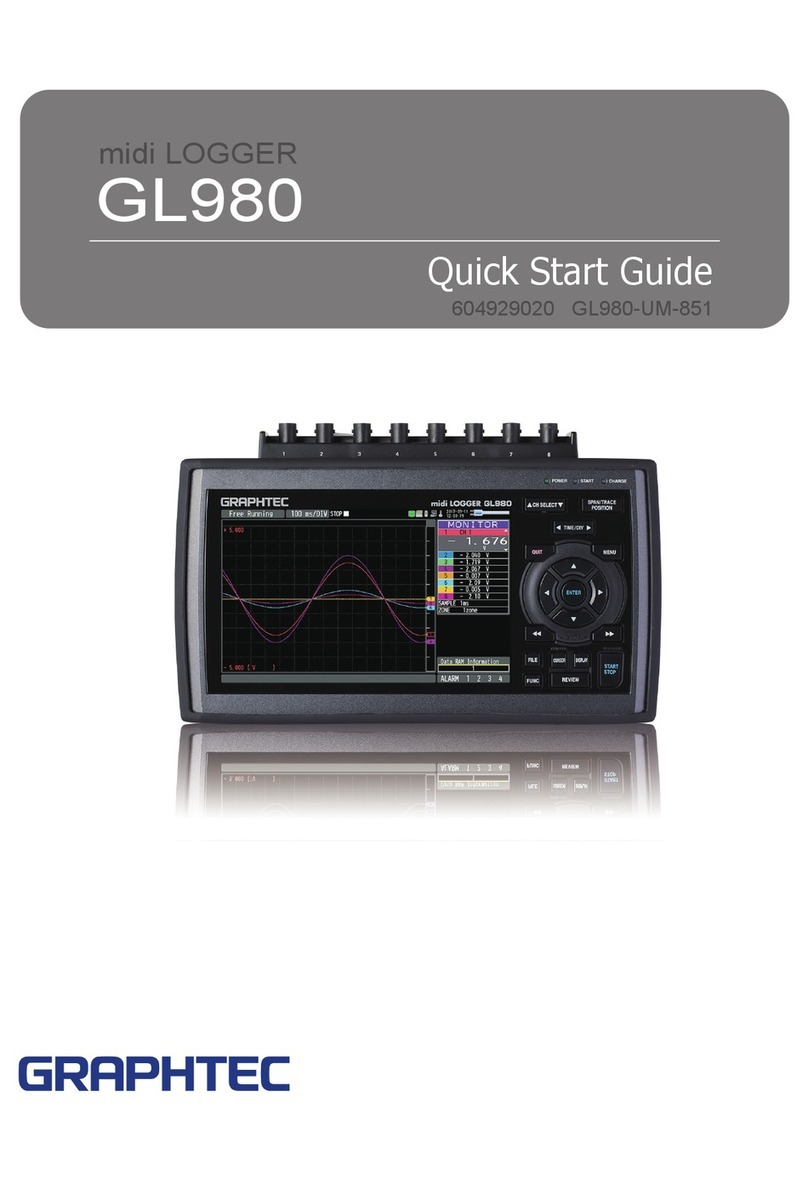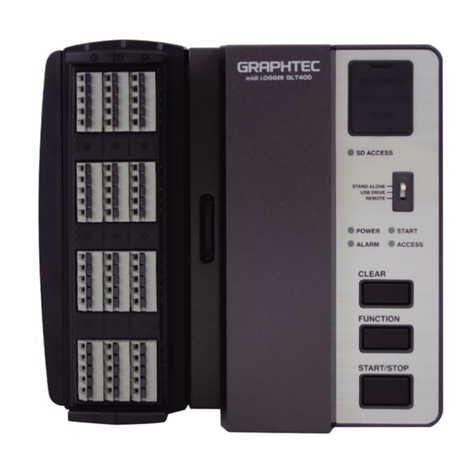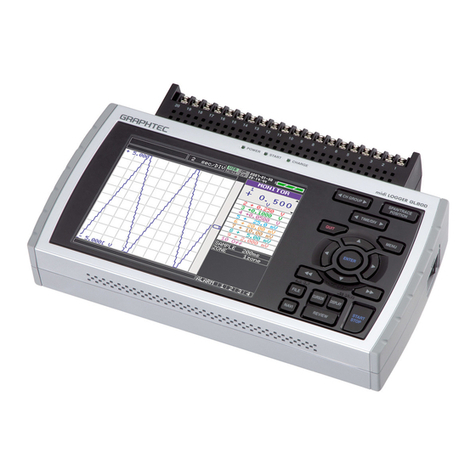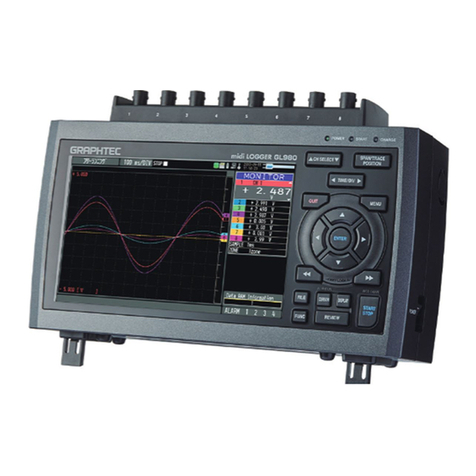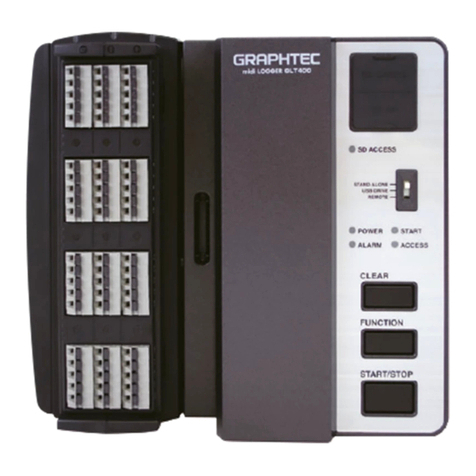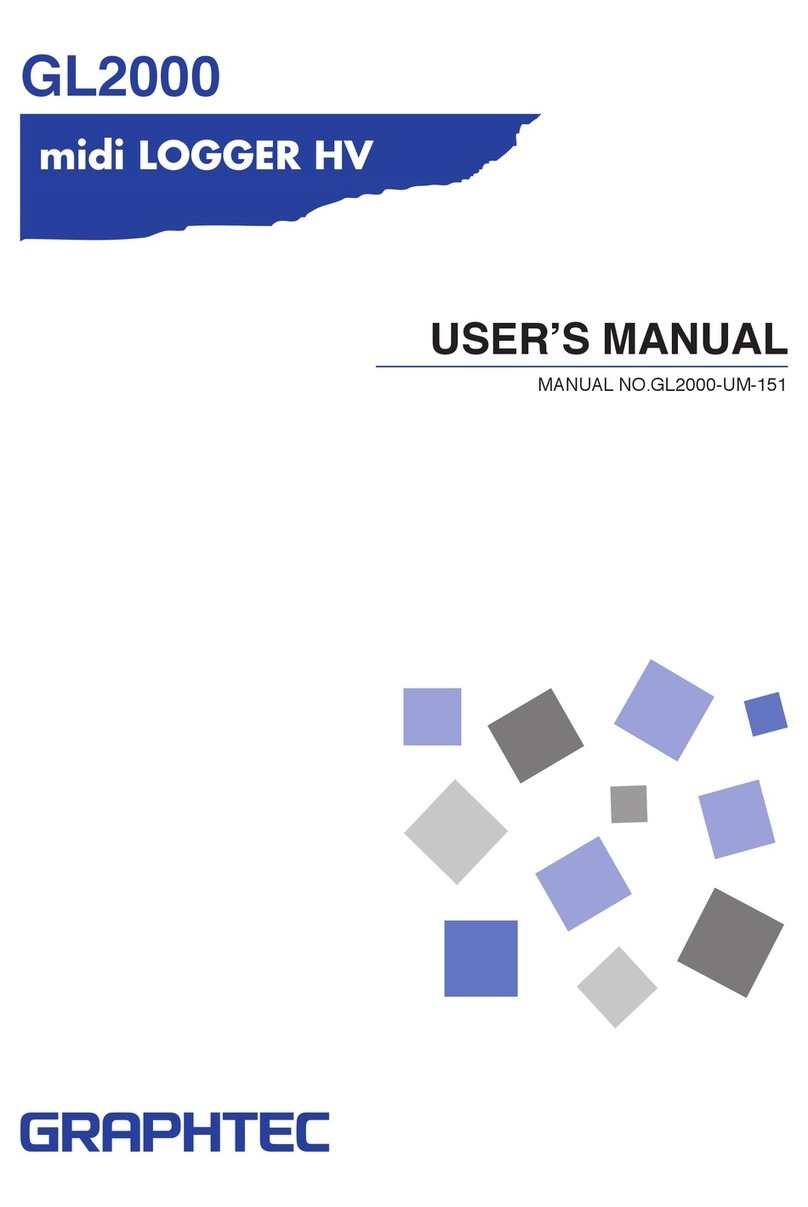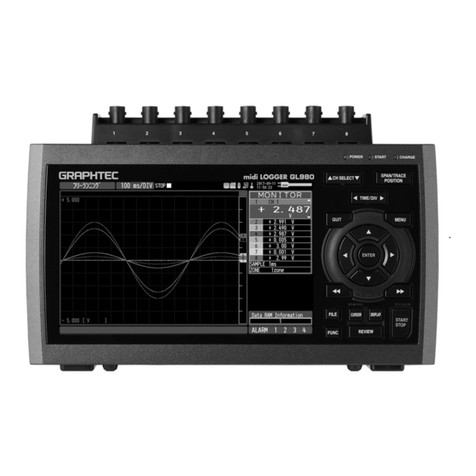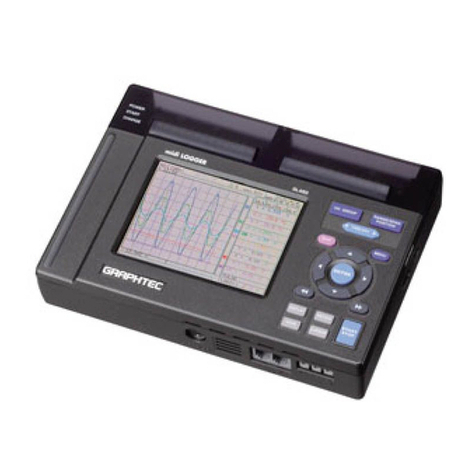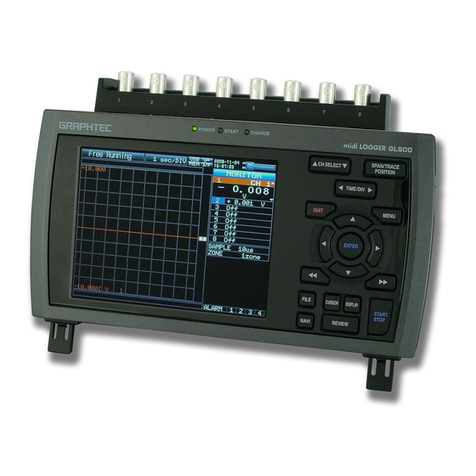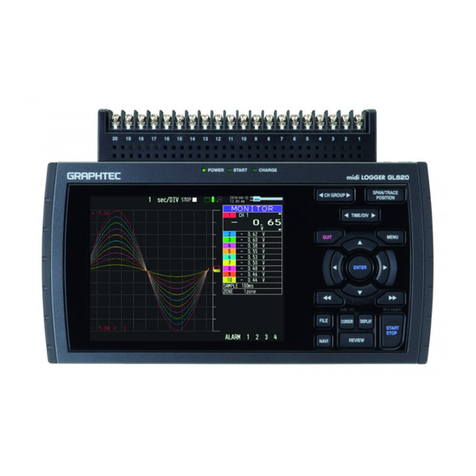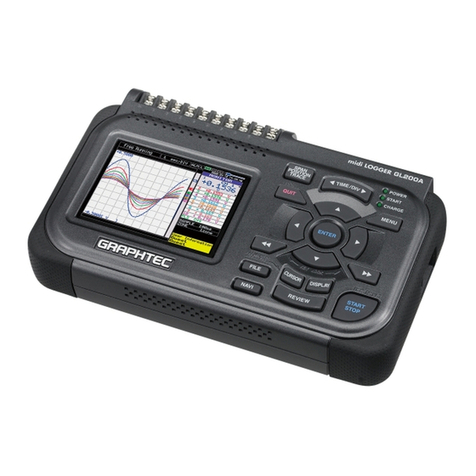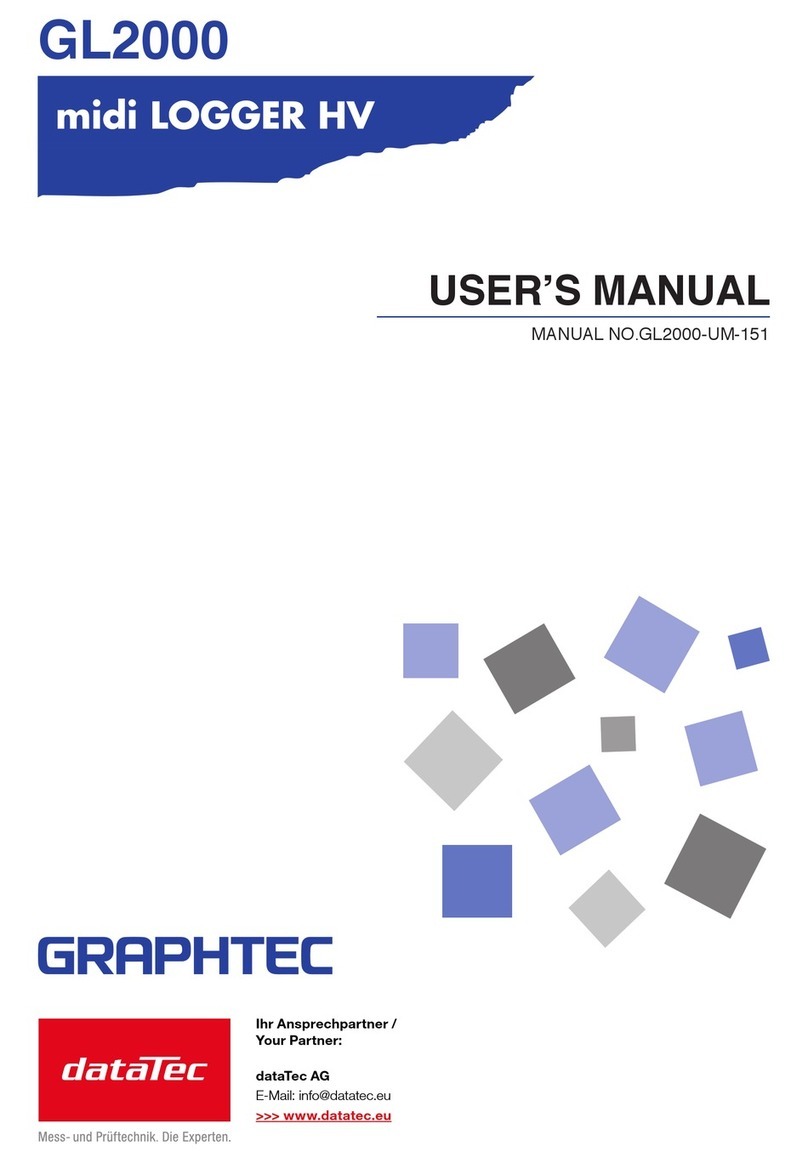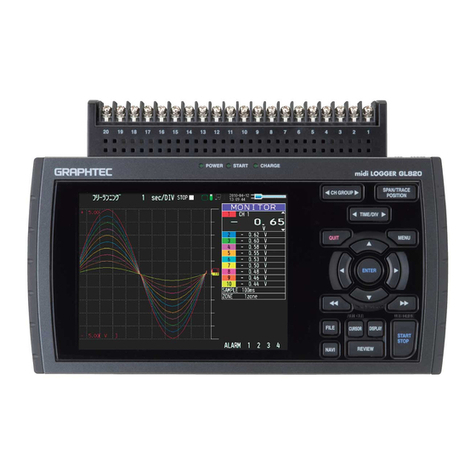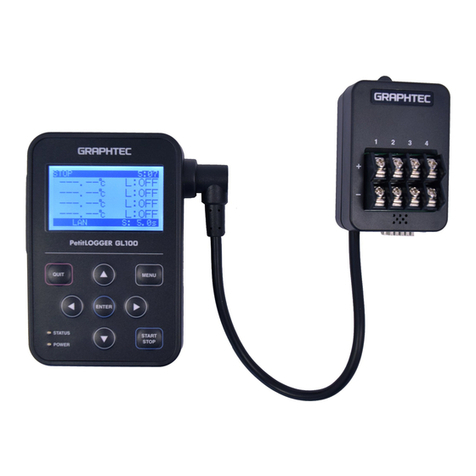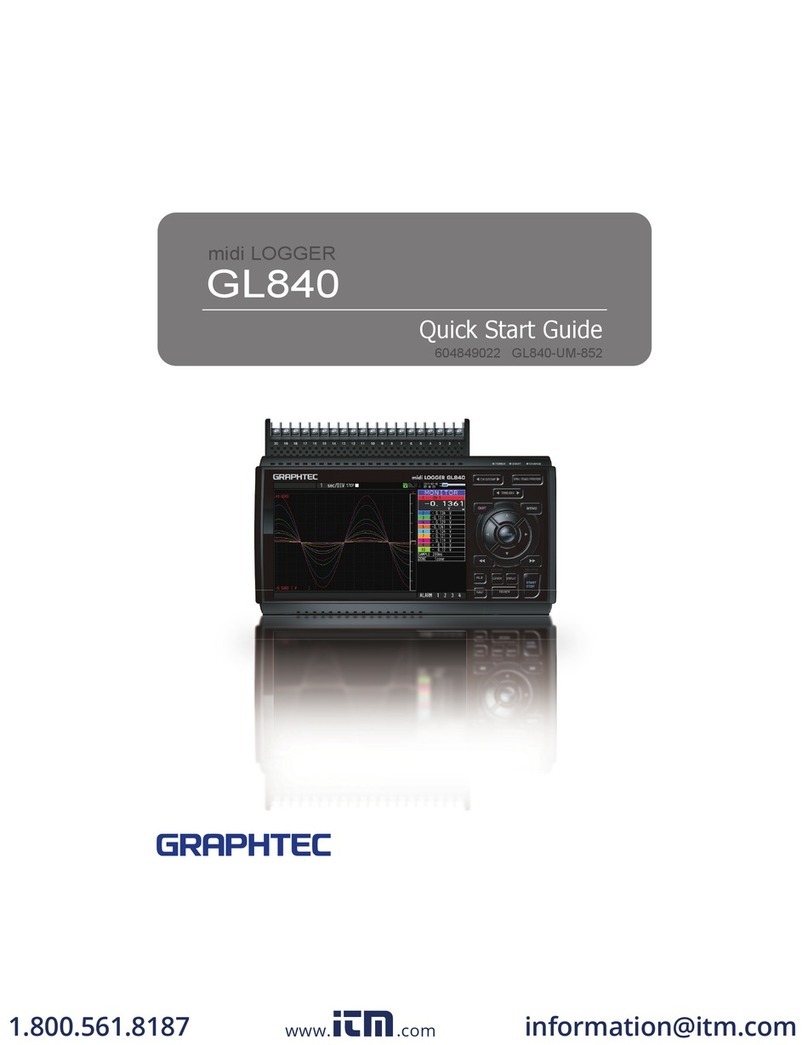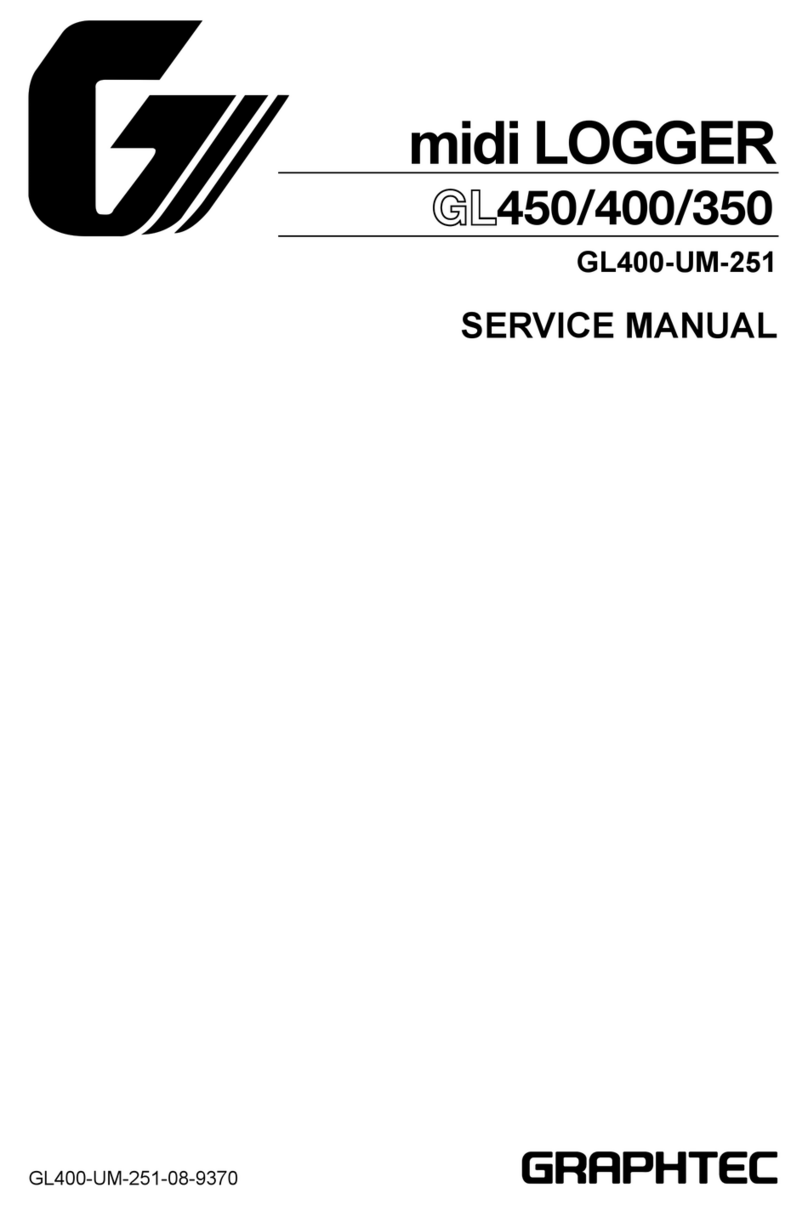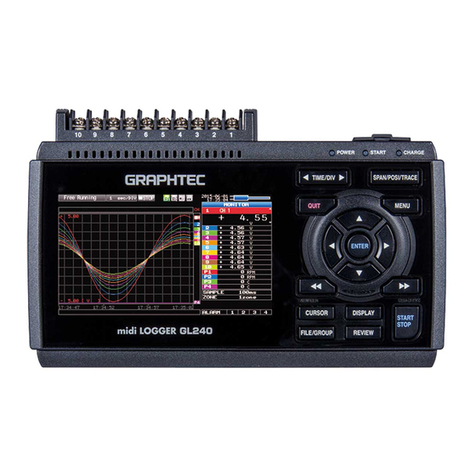
2-17
CHAPTER2ChecksandPreparation
Tip of the sensor mounting
1. Connect the AC Current Sensor (GS-AC**A, sold separately) (1) Recording to the module.
Connecting :Pushtheconnectorinuntilitlocksin.
Disconnecting :Pulltheconnectoroutwhilepressingdownonthelockonthebottomwithyourfinger.
K=>L K=>L
Connectorcable
ACCurrentSensor
The connector is exclusively to be used to connect the AC Current Sensor. Do not connect it to voltages,
other electrical currents, etc. It will damage the module.
Pulling the AC Current Sensor’s cable and holding the sensor by the cable will damage the cable’s wires.
2. How to measure with AC Current Sensor
RemovetheACCurrentSensor’slock,insertthemeasurementcableandpushitinuntilitlocks(puttingthecablein
thewrongwaywillcausethemoduletomeasureincorrectly).
K=>L
K=>L
Unlock Insertthecableand
pushitinuntilitclicks.
Loadside(L)
Powerside(K)
Clamp ch1 or ch2 to L-phase when using single-phase 2-wire
Clamp ch1 and ch2 to R-phase and S-phase respectively when using single-phase 3-wire.
Clamp ch1 and ch2 to R-phase and T-phase respectively when using 3-phase 3-wire.
K=>L
K=>L
SR T
K=>L
K=>L
NR
K=>L
NL S
Loadside(L)
Powerside(K)
Loadside(L)
Powerside(K)
Loadside(L)
Powerside(K)
<Single-phase2-wire> <Single-phase3-wire> <3-phase3-wire>
Exampleofwiring
*Itmaybedamagedwhenlifting
morethannecessarythehook,
sopleaseusecaution.
HOW TO USE THE GL100 WITH GS DPA-AC CURRENT SENSORS
Installation brief for GL100 Power Monitoring Solution
Tips for sensor mounting
The connector is exclusively used to connect the AC current sensor. Do not connect it directly to
voltage, or other electrical currents, etc.
Do not pull the AC current sensor cable from the adapter. Press the lock mechanism to unlock the clamps.
Remove the AC current sensor’s lock, insert the measurement cable and push it in until it locks down
(putting the cable in the wrong way will cause the module to measure incorrectly).
* It may damage when lock
mechanism is lifted more than
necessary, please use caution.
Connect the AC Current Sensor (GS DPA-AC, sold separately)
